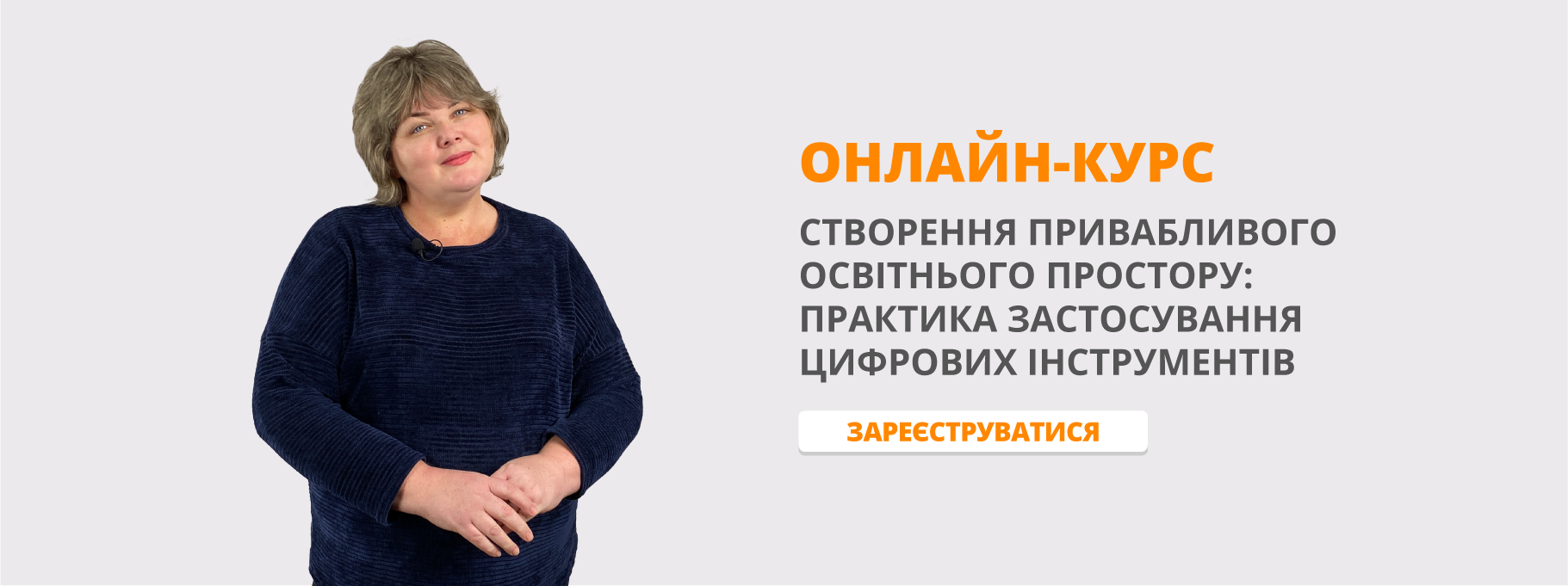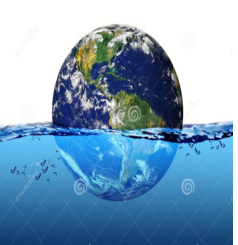Круглий стіл. Екологія. 9-11 кл.
Тема уроку. Дискусія за круглим столом.
Мета:
освітня: узагальнити знання учнів про основні стихійні лиха, забруднення планети; активізувати
вживання лексики з теми; вдосконалювати вживання умовних речень; формувати навички
говоріння, читання, письма і аудіювання.
розвиваюча: розвивати комунікативну компетенцію учнів шляхом використання міжпредметних зв’язків.
виховна: виховувати розуміння актуальності проблеми забруднення навколишнього середовища,
сприяти розвитку бажання зберегти планету та види, які її населяють.
Обладнання: ноутбук, карта, малюнки, відеоматеріали, mind map з теми, картки із завданням, бейджики.
Тип уроку: комбінований, «круглий стіл».
The sands of time have rendered fear
Blue skies on high no longer clear
Stars were bright whence they came
Now dimmed, obscured, pollution`s haze
ХІД УРОКУ:
І. Вступна частина a) Організаційний момент. T: Good morning, dear children! I’m glad to see you! How are you today? There are many guests in our classroom today. Great our guests please.
-

 What is the forecast in Ukraine for this week?
What is the forecast in Ukraine for this week?
 S 1: The weather in Ukraine this week will not change significantly. According to the Synoptic Weather Center this week Ukraine will see not sunny weather. But at the end of the week it will be cloudy weather with some precipitation. The temperature will be 3 or 2 degrees over zero at night, and 10 – 13 degrees over zero during the day.
S 1: The weather in Ukraine this week will not change significantly. According to the Synoptic Weather Center this week Ukraine will see not sunny weather. But at the end of the week it will be cloudy weather with some precipitation. The temperature will be 3 or 2 degrees over zero at night, and 10 – 13 degrees over zero during the day.
And what is the weather like in our town today?
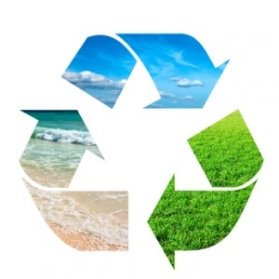 S 2: The weather is cloudy and not warm. The light wind is blowing. The temperature is 7 degrees over zero. It will be frosty in the evening.
S 2: The weather is cloudy and not warm. The light wind is blowing. The temperature is 7 degrees over zero. It will be frosty in the evening.
T: Thank you.
b) Повідомлення теми та мети уроку Circle is our planet, the Earth. And today we have an unusual lesson. I expect you will be hardworking and active at this lesson as usually. So today we’ll speak about our planet.
c) Мотивація навчальної діяльності. Video- motivation https://www.youtube.com/watch?v=aiGZikrWgho
First, God created the sky and the land. Then God created the seas. Then God said,
“Let the lend produce plant and trees. Let the water and the land fill with fish and animals and the air with birds”. Then He created people. God saw all that he had made and it was good. Thus the life circulation began...
- Circle is a symbol of the sun.
- Circle is a symbol of unity.
- Circle is a society of people among whom we live.
- Everything is connected and develops in a circle in nature.
- People discuss their important questions sitting at the "round table". Because circle is a symbol of friendship.
ІІІ. Основна частина уроку. The main part of the lesson
- Vocabulary practice
- Вправа Let's make a mental map using the information you already know. (учні розташовують слова-pictures – проблеми and disasters за схемою and give the definitions)

Water, Air and Soil Contamination
Pollution is an environmental concern for people throughout the world. One university study suggests that pollutants in the water, air, and soil cause up to 40% of the premature deaths in the world's population. The majority of these deaths occur in developing countries.
Water in many third world countries is contaminated with toxic chemicals, also known as toxins. The World Health Organization (WHO) estimates that 1.1 billion people have little or no access to clean water. In many of these regions the water that is used for drinking, cooking, and washing is the same water that is used for dumping sewage and hazardous waste. Most developing countries cannot afford water treatment facilities. Approximately 80% of infectious diseases in the world are caused by contaminated water.
Air pollution is a growing problem throughout the world. Indoor air pollution is one of the leading causes of lung cancer. Families in developing countries use open stoves for cooking and heating their homes. These homes do not have properventilation. The smoke, which is full of chemicals and carcinogens, gets trapped inside where families eat and sleep. Outdoor pollution also causes disease and illness, especially in industrial cities such as Beijing, China, where cancer is the leading cause of death. China relies heavily on coal, which is considered the dirtiest source of energy. According to the European Union, only 1% of urban dwellers in China breathe clean air on an average day. Neighbouring countries including Japan and Korea receive much of China's pollution in the form of acid rain. This pollution results mainly from the coal powered factories, which produce inexpensive goods for North American and European consumers. Outdoor air pollution is also a concern in many wealthy countries. Those who live and work in urban centres such as Los Angeles or Toronto experience many warm days beneath a layer of smog.
Soil pollution is also a major concern, both in industrial and developing countries. Pollutants such as metals and pesticides seep into the earth's soil and contaminate the food supply. Soil pollution causes major health risks to entire ecosystems. This type of pollution reduces the amount of land suitable for agricultural production and contributes to global food shortages. Dumping of industrial and domestic waste products produces much of the world's soil pollution, though natural disasters can also add to the problem. In wealthy countries such as the US, protection agencies monitor the food supply. The public is generally warned before major health outbreaks occur. Developing countries do not have this luxury. Farmers in poor nations grow food in contaminated soil both to earn a living and to avoid starvation.
As more people move to urban centres, premature deaths caused by pollution are expected to increase worldwide. Today, the developed nations who achieved their wealth at the expense of the environment will be held accountable for protecting the earth's resources for future generations.
|
1. This is a form of precipitation that contains pollution. a) contamination b) smog c) acid rain d) sewage 2. Windows and fans provide important … a) pollution b) prioritization c) contamination d) ventilation 4. … regions are often contaminated with air pollution. a) chemical b) carcinogen c) smog d) industrial 4. According to the article, what causes 40% of the world's premature deaths? a) air/soil pollution b) water pollution c) all the above 5. Which is NOT mentioned as a source of soil pollution?
|
Актуалізація опорних знань
The Earth is a garden,
It’s a beautiful place
For all living creatures,
For all the human races.
Helping Mother Earth
We can peacefully roam.
We all diverse a place,
We can call our home.
2. Вправа T: Now, children, you can see 2 pictures of our planet. Write down some words or phrases to characterize our planet using letters of the name of our planet – the Earth according to the pictures.
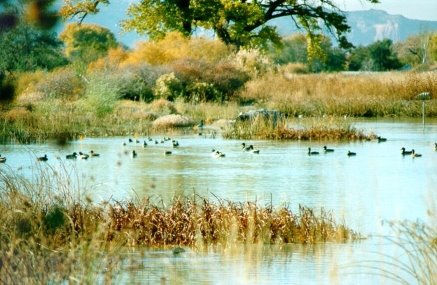
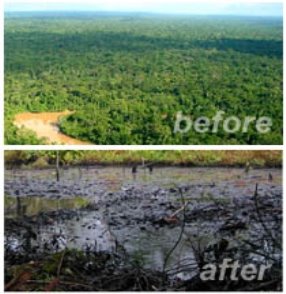
|
|
|
|
|
toxic water an earthquake a forest fire ozone layer acid rain global warning pollution drought |
T: Good job. And now look at these pictures again. What can you see? How is change our planet?
 S: Nowadays our planet is in danger
S: Nowadays our planet is in danger
|
|
3. Вправа «Знайомство». Meeting
So, today we’ll work in four pairs according to the elements of our planet: the pair of Soil, the pair of Water, the pair of Air, and the pair of Fire
- And now let’s meet. If I were a writer I would create a poem about the environmental problems of the Earth. (На партах лежать бейджики з назвами професій.
Учні повинні обрати один з них)
- If I were a chemist I would know chemical elements pollute our planet.
- If I were a vet I would save animals and birds after the disasters.
- If I were an ecologist I would help the nature.
- If I were a fireman I would save forests from fires.
- If I were a geologist I would examine the movies of the crust.
- If I were a geographer I would study the interaction of man and nature.
- If I were a psychologist I would help people after the disasters.
- If I were a biologist I would study the interaction of living organism and nature.
- If I were a lifesaver I would rescue people from different disasters.
- If I were a forecaster I would inform people the weather for several days.
4. Reading
a) Pre-reading activity
Mach words and word combinations with their definitions
1.biodiversity a) strong, unpleasant and sometimes dangerous gas or smoke
2. to cause b) Each of the seven oxides of nitrogen; specifically any one or a mixture of these oxides released into the environment as a result of fuel combustion (especially nitric oxide NO, and nitrogen dioxide NO2).
3.ecosystem c) The process by which one thing absorbs or is absorbed by another
4.nuclear d) the number and variety of plant and animal species that exist in a particular environmental area or in
the world generally, or the problem of preserving and protecting this.
5.consequences e) to make something happen
6.absorption f) the gas formed when carbon is burned, or when people or animals breathe out
7.emission g) A result or effect
8.nitrogen oxides h) Become greater in degree
9.sulphur dioxide i) A biological community of interacting organisms and their physical environment
10.carbon dioxide j) The production and discharge of something, especially gas or radiation
11.fumes k) relating to the central part of an atom
 12. increase of temperature l) A colourless pungent toxic gas formed by burning sulphur in air. Chemical formula: SO2
12. increase of temperature l) A colourless pungent toxic gas formed by burning sulphur in air. Chemical formula: SO2
Keys: 1-d 2-e 3-i 4-k 5-g 6-c 7-j 8-b 9-l 10-f 11-a 12-h
b) While-reading
- The 1st pair “The Air”
- Pollution and its Negative Effects
Develop your reading skills. Read the following text on pollution and its effect on the environment. Then answer the comprehension questions:
 Pollution is the degradation of natural environment by external substances introduced directly or indirectly. Human health, ecosystem quality and aquatic and terrestrial biodiversity may be affected and altered permanently by pollution.
Pollution is the degradation of natural environment by external substances introduced directly or indirectly. Human health, ecosystem quality and aquatic and terrestrial biodiversity may be affected and altered permanently by pollution.
Pollution occurs when ecosystems can not get rid of substances introduced into the environment. The critical threshold of its ability to naturally eliminate substances is compromised and the balance of the ecosystem is broken.
The sources of pollution are numerous. The identification of these different pollutants and their effects on ecosystems is complex. They can come from natural disasters or the result of human activity, such as oil spills, chemical spills, nuclear accidents ... These can have terrible consequences on people and the planet where they live: destruction of the biodiversity, increased mortality of the human and animal species, destruction of natural habitat, damage caused to the quality of soil, water and air ...
Preventing pollution and protecting the environment necessitate the application of the principles of sustainable development. We have to consider to satisfy the needs of today without compromising the ability of future generations to meet their needs. This means that we should remedy existing pollution, but also anticipate and prevent future pollution sources in order to protect the environment and public health. Any environmental damage must be punishable by law, and polluters should pay compensation for the damage caused to the environment.
Comprehension:
|
1.The damage caused by pollution might be irreversible: a. True b. False
2.The ecosystem
3.Pollution
4.An ideal solution to prevent pollution would be to |
- The 2nd pair “The Fire”
Read the text below. Choose from (A-H) the one that best fits each space (1 – 6). There are two choices you do not need to use.
- WHAT IS ACID RAIN?
Acid rain is a result of air pollution. When any type of fuel is burnt, (1) ______. The smoke that comes from a fire or the fumes that come out of a car exhaust don’t just contain the sooty grey particles that you can see — (2) _______.
Power stations, factories and cars all burn fuels they also contains lots of invisible gases (3) _____. Some of these gases (especially nitrogen oxides and sulphur dioxide) react with the tiny droplets of water in clouds to form sulphuric and nitric acids. The rain from these clouds then falls as very weak acid — (4) _____. The release of sulphur dioxide can also occur naturally when a volcano erupts.
Acid rain can be carried great distances in the atmosphere, not just between countries but also from continent to continent. The acid can also take the form of snow, mists and dry dusts. The rain sometimes falls many miles from the source of pollution but wherever it falls (5) _____. In the 1970s the effects of acid rain were seen at their worst.
Forests all over the world are dying, in Scandinavia the fish are dying; lakes were crystal clear (6) _____. Many of Britain’s freshwater fish are threatened, their eggs are damaged and deformed, fish are being hatched. This in turn leads to fish-eating birds and animals also being affected.
|
A it can have a serious effect on soil, trees, buildings and water. В acid rain can cause trees to grow more slowly. C seems to have more effect in some areas than it does in others. D but now contain no living creatures or plant life. E that is why it is known as “acid rain”. F that can be even more harmful to our environment. G and therefore they all produce polluting gases. H lots of different chemicals are produced. |
- The 3rd pair “The Water”
Read the given text. Match the sentences (A-H) to the passages (1-5). There are three sentences you should not use.
( ) (1) Air pollution can cause an asthma attack and is thought to cause a rising number of hospital admissions and early deaths. Air pollution is the change of the natural characteristics of the atmosphere by a chemical or biological agent. The atmosphere is a complex, dynamic natural system that is the main to support life on planet Earth.
( ) (2) Worldwide air pollution is responsible for large numbers of deaths and cases of respiratory disease.
While the major are the mobile sources, mainly automobiles. Gases such as carbon dioxide, which contribute to global warming, are recognised as pollutants by climate scientists, while they also recognize that carbon dioxide is essential for plant life through photosynthesis.
( ) (3) We should lessen the number of automobiles on the road or invent other type of the machine that will not use oil. Today one family can have two or more cars what makes the air pollution rate higher. Public transport is less dangerous for atmosphere than a car. It is better to use it in order to save the environment.
( ) (4) Walking and cycling are two of the best ways to help to reduce pollution, they are also a great way to improve your fitness and save you money. Try walking or cycling to work or school instead of taking your car.
( ) (5) Water pollution is a large effect upon water bodies such as lakes, rivers, oceans, and groundwater caused by human activities. Transport is also one of the major factors of water pollution. Water is a vital part of life. Our organism partially consists of water. Everything alive must drink; water controls a lot of vital processes. The Earth would die without water. Using transport we produce some agents which kill water fauna and flora.
As we can see the situation with air and water pollution caused by means of transportation leads to global results and negative effects on our planet’s life.
|
A The world problem of transport. В What to do to lessen the atmosphere pollution? C What is the air pollution? D Air pollution is caused by factories. E The problem of the forests cutting. F The best ways to reduce air pollution. G The effects of water pollution. H Air pollution is the cause of many deceases. |
- The 4th pair “The Soil”
Read the following text about climate change and global warming and their effects on the environment. Then answer the comprehension questions: Climate change and global warming
Wikipedia defines climate as follows:
Climate encompasses the statistics of temperature, humidity, atmospheric pressure, wind, rainfall, atmospheric particle count and other meteorological elements in a given region over a long period of time. Climate can be contrasted to weather, which is the present condition of these same elements and their variations over shorter time periods.
Climate may be inherently variable as evidenced by the irregularity of the seasons from one year to another. This variability is normal and may remain partially understood. It is related to changes in ocean currents, volcanic eruptions, solar radiation and other components of the climate system. In addition, our climate also has its extremes (such as floods, droughts, hail, tornadoes and hurricanes), which can be devastating. However, in recent decades, a number of indicators and studies show more and more evidence of climate warming across the globe. A disturbing phenomenon that challenges human habits and activities which are responsible for greenhouse gas emissions.
The greenhouse effect is the process by which absorption and emission of infrared radiation by gases in the atmosphere warm a planet's lower atmosphere and surface. It was proposed by Joseph Fourier in 1824 and was first investigated quantitatively by Svante Arrhenius in 1896.
Naturally occurring greenhouse gases have a mean warming effect of about 33 °C. But Human activity since the Industrial Revolution has increased the amount of greenhouse gases in the atmosphere, leading to increased radiative forcing from carbon dioxide, methane, tropospheric ozone, CFCs (chlorofluorocarbon) and nitrous oxide. The concentrations of carbon dioxide and methane have increased by 36% and 148% respectively since 1750. These levels are much higher than at any time during the last 650,000 years, the period for which reliable data has been extracted from ice cores. Over the last three decades of the 20th century, GDP (Gross Domestic Product) per capita and population growth were the main drivers of increases in greenhouse gas emissions. Сarbon dioxide emissions are continuing to rise due to the burning of fossil fuels and land-use change.
There are two major effects of global warming: the increase of temperature on the earth by about 3° to 5° C by the year 2100 and Rise of sea levels by at least 25 meters by the year 2100. Other consequences are listed below:
Sea levels are rising due to thermal expansion of the ocean, in addition to melting of land ice.
Amounts and patterns of precipitation are changing. The total annual power of hurricanes has already increased markedly since 1975 because their average intensity and average duration have increased.
Changes in temperature and precipitation patterns increase the frequency, duration, and intensity of other extreme weather events, such as floods, droughts, heat waves, and tornadoes.
Higher or lower agricultural yields, further glacial retreat, reduced summer stream flows, species extinctions.
Diseases like malaria are returning into areas where they have been extinguished earlier.
|
Comprehension:
1.Climate is by definition variable.
2.Climate change observed in the last decades is natural.
3.Global warming is caused by industrialization.
4.Greenhouse effects have no impacts on our health. |
c) Post-reading. A technique “Mind-Map”

 And now let’s summarize your work and make the “Mind-map”. Please tell about the environmental pollution in conclusion and make the mind-map using some pictures on your table:
And now let’s summarize your work and make the “Mind-map”. Please tell about the environmental pollution in conclusion and make the mind-map using some pictures on your table:





SO₂ NO₂ CO₂
- “Environmental Game” ARE YOU ENVIRONMENTALLY FRIENDLY?
It is personal action that will help preserve the world's environment. Actions, which are simple and quick. There are many actions each person can take every day. I suggest you play «Environmental Game»to realize what you really do to keep the environment clean.
- You have two sticks: green (means yes) and red (means no). Do not say yes or no. Show me your green or red stick, please.
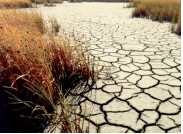
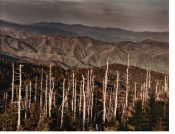

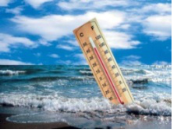
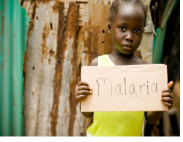
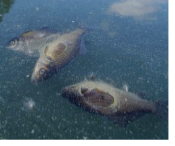

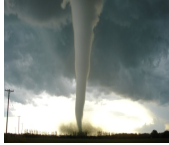
|
1. Do you turn off the light when you leave the room? 2. Do you turn off the water while you brush your teeth? 3. Do you pick up the garbage you see in the street? 4. Do you share your books with your friends? 5. Have you ever planted a tree? 6. Do you reuse old containers? 7. Have you ever given old clothes to someone who needed them? 8. Do you want to live in a green city? 9. Do you return used bottles for money? 10. When you have a picnic, do you leave the place cleaner than you found it? 11. Do you turn off the TV when you are not watching it? |
- What can we do to make our planet clean? What can people do to save the Earth?
І І І. Заключна частина Oцінювання учнів Підведення підсумків уроку
Lisening. Poem “Our Mother Earth” by Joshua Isham
https://soundcloud.com/saman-ansari/earth-a-poem-by-joshua-isham
Thank you for your work today. Good job! I think our lesson was useful for you. I want you to remember everything we have talked about because it is our duty to do everything for our planet, to save it for our children.
Домашнє завдання
|
By Anna Lee Walters |
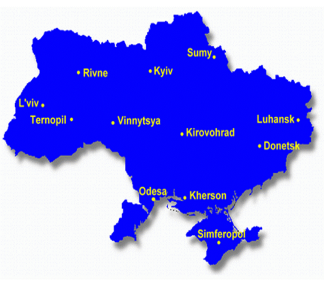



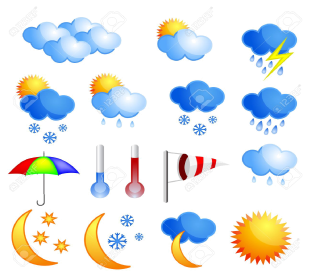

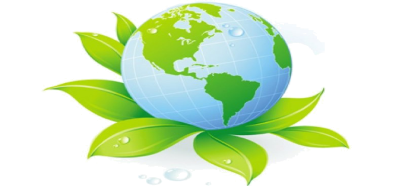
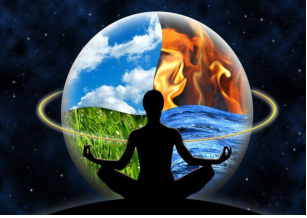
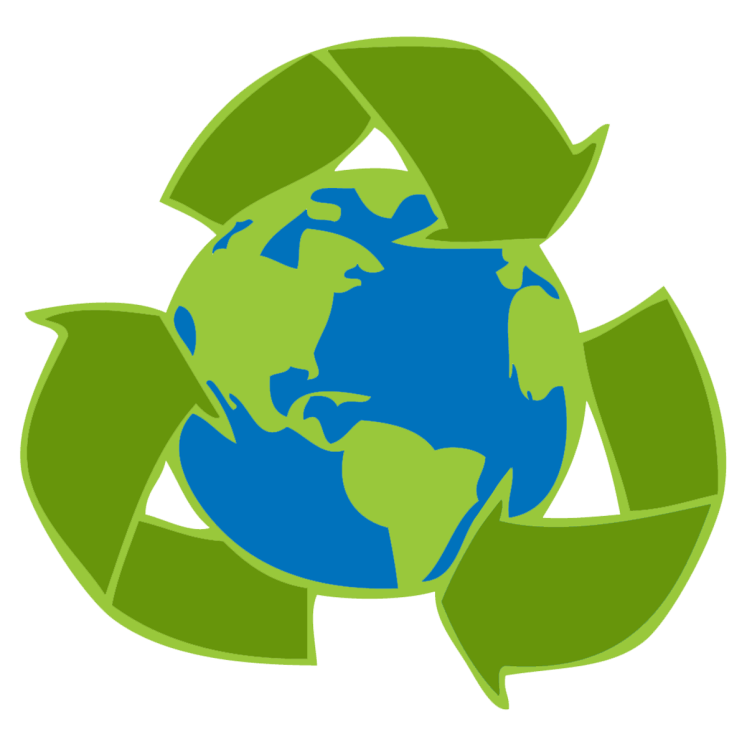
1


про публікацію авторської розробки
Додати розробку
